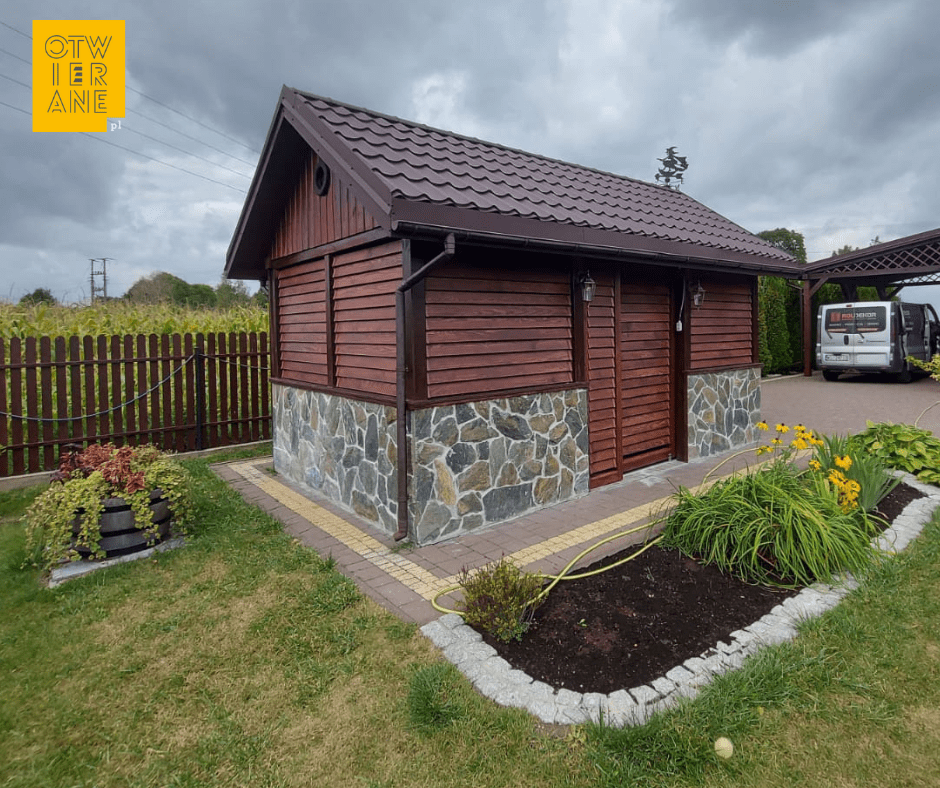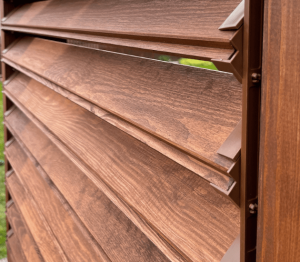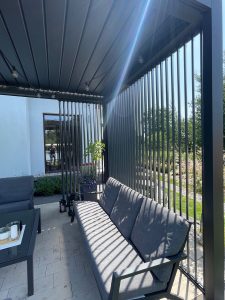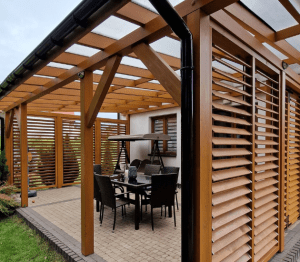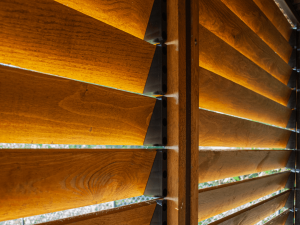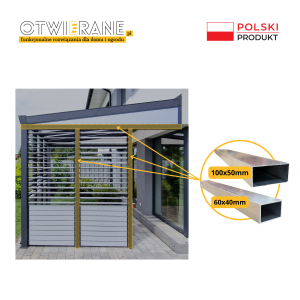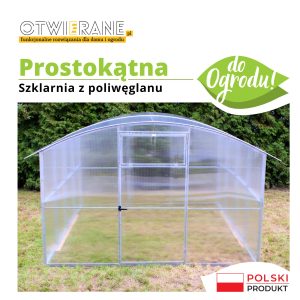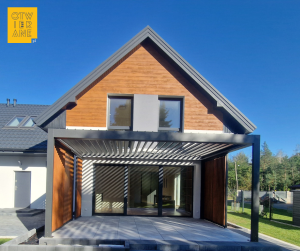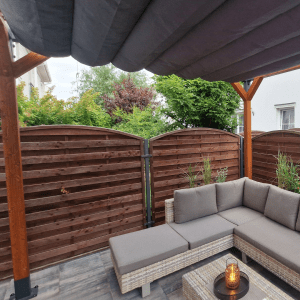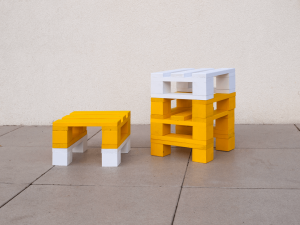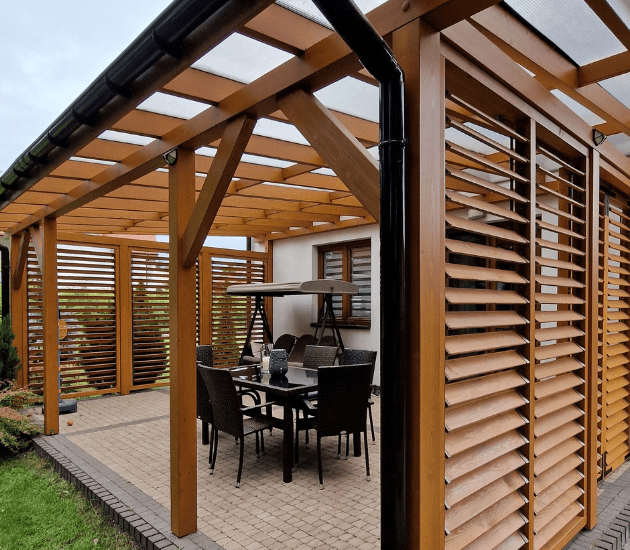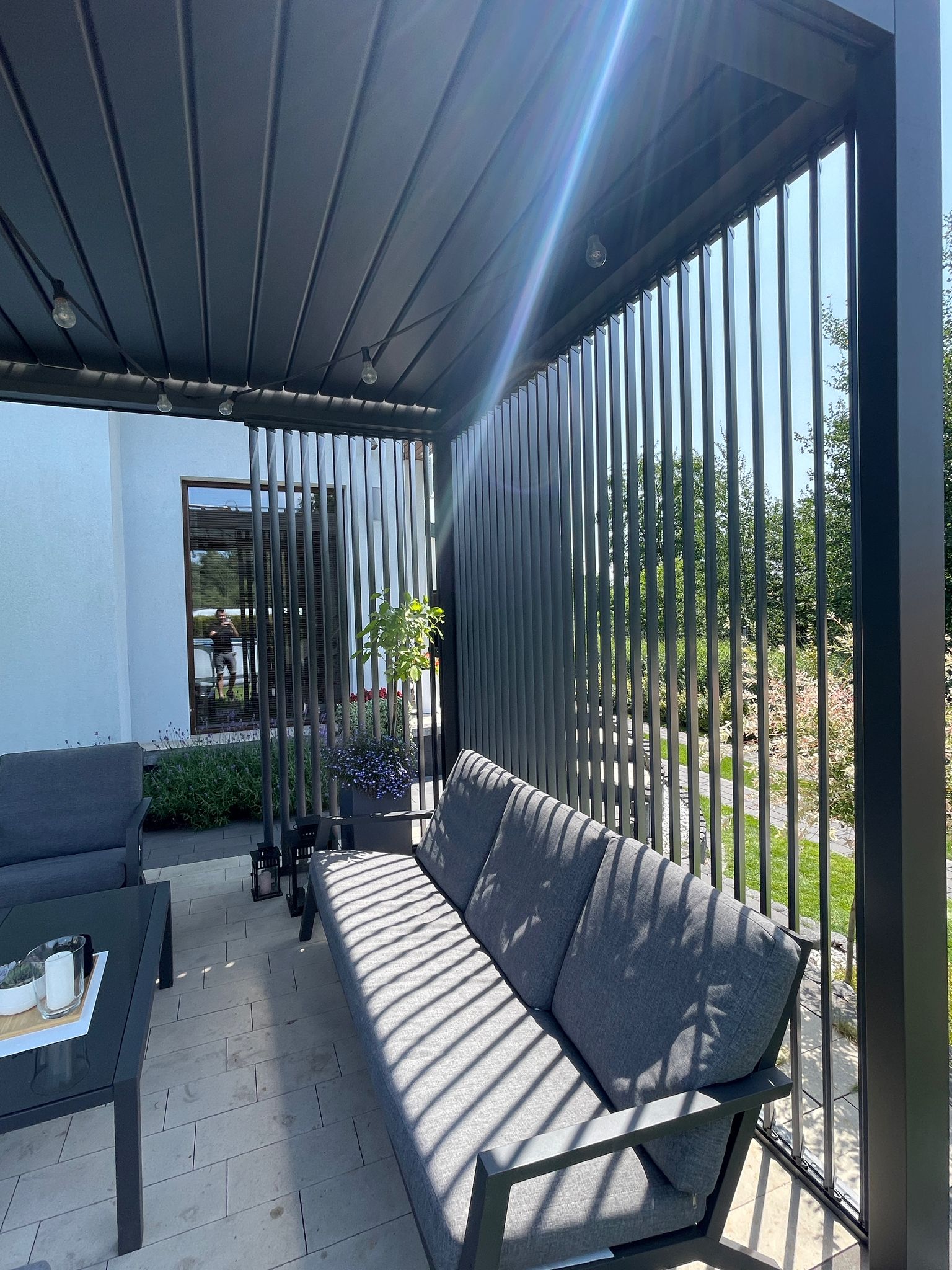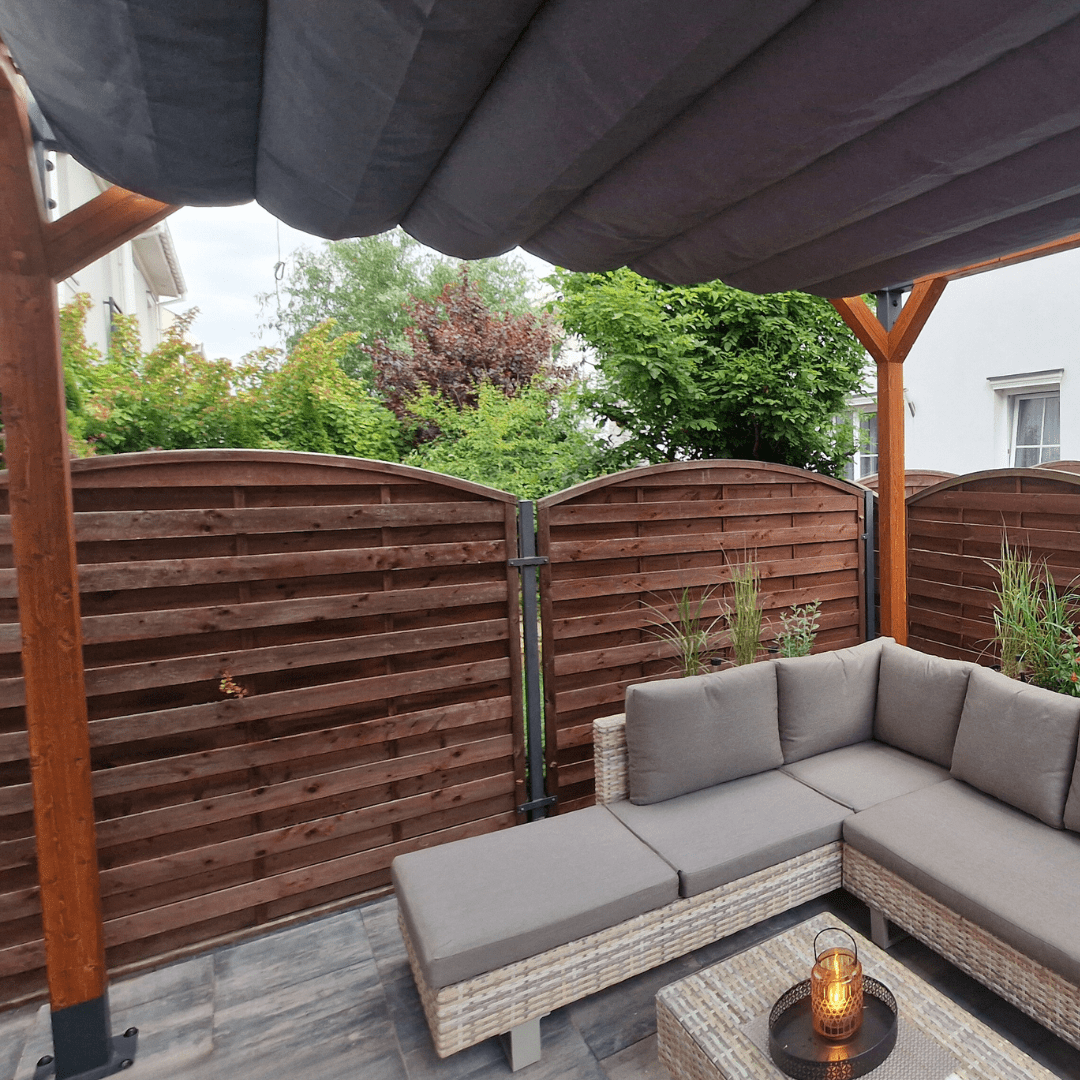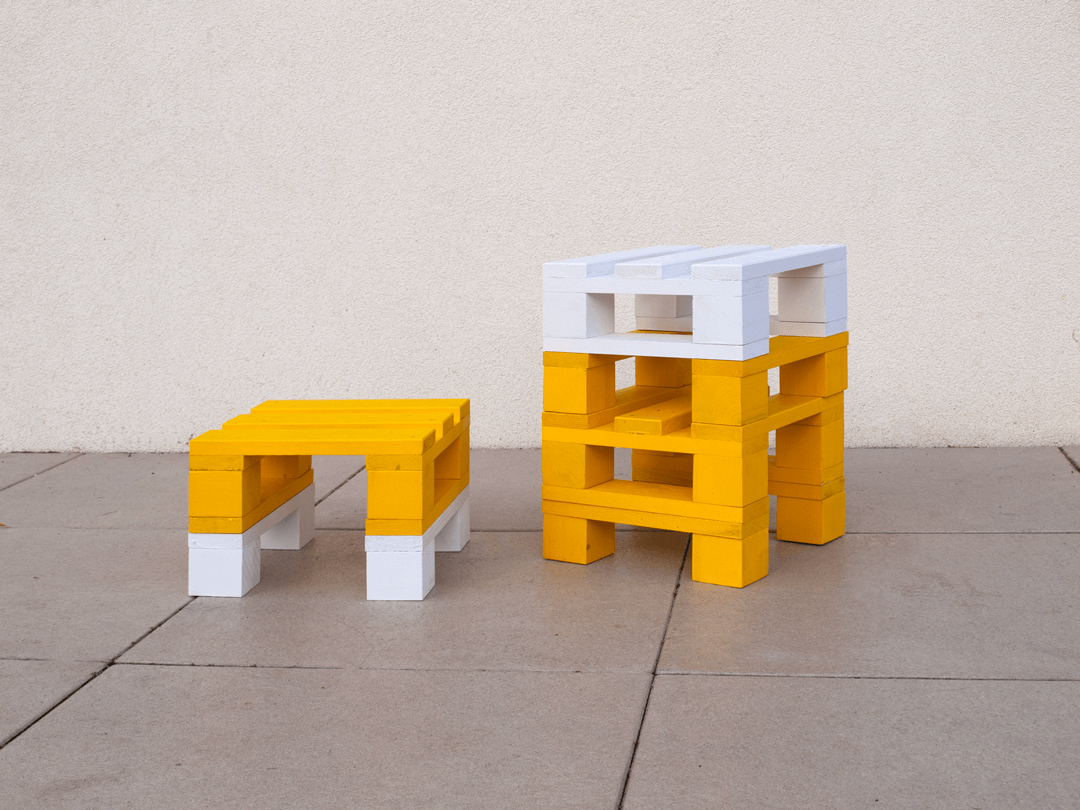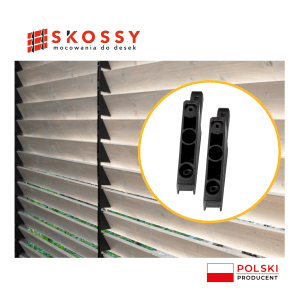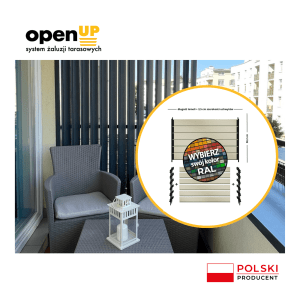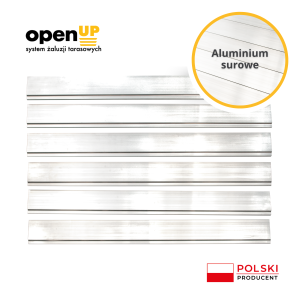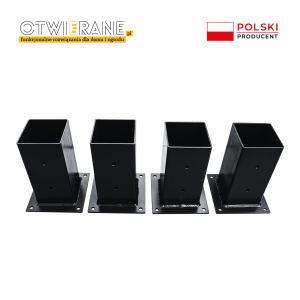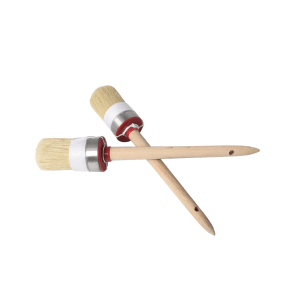-
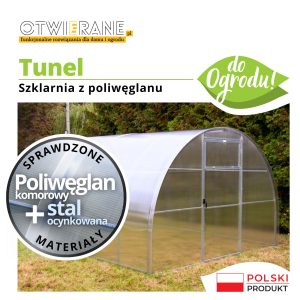
Tunnel greenhouse
Price range: 2390,00 zł through 5740,00 zł See more This product has multiple variants. The options may be chosen on the product page -
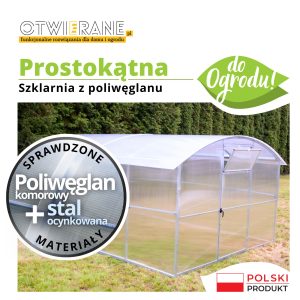
Polycarbonate greenhouse Rectangular
Price range: 3950,00 zł through 10500,00 zł See more This product has multiple variants. The options may be chosen on the product page
A garden greenhouse is an excellent investment that allows you to enjoy your crops whatever the season.
What is a garden greenhouse?
A garden greenhouse is an enclosed structure with transparent walls and roof that creates a stable environment for growing plants. Protects plants from wind, frost and excessive sunlight. Deciding to grow plants in a garden greenhouse, avoid damage to plants that could be damaged by extreme weather conditions.
Greenhouse retains solar heat. This keeps the inside warmer than the outside, even on colder days. Higher and more stable temperature accelerates seed germination and plant development. So you can grow them from early spring until late autumn. At the same time, you don't have to worry about overheating your crops on hot days. Equipped with windows and doors, the garden greenhouse can be ventilated.
In a greenhouse, it is easier to maintain higher humidity levels, which is beneficial for many plant species. High humidity promotes healthy leaf and stem growth and reduces the need for frequent watering.
In our shop you will find two types of polycarbonate greenhouses:
Why have a greenhouse in the garden?
Growing your own vegetables and herbs has health benefits. By reaching for home-grown crops, you are assured that the plants do not contain pesticides or other chemicals often used in mass production. Fresh, home-grown crops are rich in vitamins and minerals and have a more intense flavour and aroma than vegetables available in the shop.
In terms of cost, a greenhouse can be a worthwhile investment. Although the initial expense of a greenhouse and its equipment can be significant, growing your own plants becomes more economical in the long run. With the right planning, you can get a regular harvest for most of the year, reducing your expenditure on vegetables and herbs.
Working with your own crops has a therapeutic effect, reduces stress and improves your mood. Being in touch with nature and being able to watch plants grow gives satisfaction and a sense of agency, which benefits mental health. Gardening is a form of activity that helps to achieve peace and relaxation, relieving everyday tensions.
Polycarbonate or glass greenhouse? - material comparison
A garden greenhouse can be made of polycarbonate or glass, and both materials have their advantages and limitations:
Polycarbonate greenhouse
Polycarbonate is a material that is resistant to impacts and changing weather conditions, ensuring that the structure will last for many years. In a polycarbonate greenhouse, double- or triple-layered panels can be used to improve thermal insulation. Polycarbonate is lightweight, which simplifies assembly, and the cost of the entire structure is often lower than glass greenhouses. However, light transmission is lower, which can affect the growth of some plants.
Glass greenhouse
Glass walls allow more sunlight, which is beneficial for plants that require intense sunlight. These greenhouses are aesthetically pleasing and durable, but more susceptible to damage and more expensive to purchase and install. Glass will work well where the climate is milder or the terrain less exposed to winds.
Choosing a garden greenhouse size for many years to come
When choosing a garden greenhouse, consider not only the space available, but also the location in relation to the world. Ideally, the greenhouse should be positioned in a sunny spot with access to water.
The choice of greenhouse size for an allotment depends on the space available and the crops planned. For garden greenhouses the most frequently selected product dimensions are:
Small greenhouse for a house plot (2-4 m²)
- Example dimensions: 1.5 m x 1.5 m, 2 m x 2 m
- Ideal for small plots or home gardens where available space is limited. Such a greenhouse allows you to grow basic vegetables, herbs and flowers.
Compact medium-sized greenhouse (4-6 m²)
- Example dimensions: 2 m x 2.5 m, 2 m x 3 m
- A good option for recreational plots. Allows a greater variety of crops and gives more space for taller plants such as tomatoes or peppers.
Greenhouse for more intensive cultivation (6-10 m²)
- Example dimensions: 2.5 m x 3.5 m, 3 m x 3.5 m
- It still fits on most plots and offers plenty of space for larger and varied crops. It allows plants to be planted both in the ground and in pots, and even allows the use of an irrigation system.
Remember, when choosing a site for your garden greenhouse, to include extra space for comfortable movement.
What can be grown in a greenhouse?
In a greenhouse, you can grow a variety of plants that require protection or additional heat in the Polish climate.
What plants are worth planting in a greenhouse?
The greenhouse favours plants that require stable conditions. In spring and summer, tomatoes, cucumbers, peppers and herbs will do best. In autumn and winter, it is worth planting lettuce, spinach and some ornamental plants that can tolerate the colder conditions in a heated greenhouse well.
Greenhouse vegetables
- tomatoes
- cucumbers,
- paprika
- lettuce
- radish
- cucumbers
- aubergines
- spinach
- carrot
Herbs for the garden greenhouse
- basil
- oregano
- rosemary
- mint
Flowers for the home greenhouse
Pelargoniums - Popular ornamental flowers that grow faster and flower earlier in the greenhouse. The greenhouse provides them with warmth, which is crucial, especially in early spring.
Begonias - They like warmth and high humidity, which are easier to maintain in a greenhouse. Begonias flower long and profusely and the greenhouse allows them to thrive from early spring until autumn.
Fuchsias - Cold-sensitive flowers that can flower for longer periods in the greenhouse. Fuchsias grow well in a moist and shady location, so it is worth controlling the sunlight in the greenhouse so that they are not overexposed to the sun.
Petunias - Warm-loving flowers that feel comfortable in stable heat and moist conditions. In a greenhouse they can grow faster and flower more intensively, and protection from the wind promotes their exuberance.
African daisies (Dimorphotheca) - Brightly coloured flowers that like warmth and sun. The greenhouse provides them with ideal conditions for growth and flowering, and they develop much faster than in the open ground.
Hydrangeas - Although hydrangeas are cold-tolerant, they can be started earlier in the greenhouse, allowing them to achieve a larger size and abundant flowering.
Lilies - Lilies prefer warm, sunny locations and grow well in stable heat conditions. The greenhouse allows for lush, intensely fragrant flowers and protects the plants from wind and rain.
Cyclamen - They are sensitive to cold and require stable heat conditions. In a greenhouse, they can flower even in winter if the temperature is properly controlled.
Gerbery - Gerberas need light and warmth, and the greenhouse provides the ideal conditions for their flowers to be intensely colourful and long-lasting.
Pansies - The greenhouse allows pansies to be grown in early spring or autumn, before the cold weather arrives. Pansies like light and are protected from strong winds in the greenhouse.
Are plants in the garden greenhouse protected against pests?
The enclosed design of a garden greenhouse restricts access for many insects and small animals. However, it is not complete protection. Some pests, such as aphids, can get in, especially if the greenhouse is not properly ventilated or has leaks.
Growing season - when to start and how long can plants be grown in the greenhouse?
Growing in a greenhouse can be started as early as early spring, when the outside temperature is still low. Plants can be planted as early as February and their growth can be supported by additional lighting during the short winter days. With a greenhouse, the growing season lasts longer - until late autumn or, in the case of heated greenhouses, all year round.
Additional equipment and options for greenhouse expansion
When choosing a greenhouse, it is also worth considering additional equipment such as irrigation systems, automatic window openers, plant shelves, as well as the possibility of expanding with modules to enlarge the growing area. These types of accessories make it easier to take care of the plants on a daily basis and increase the efficiency of the crop.
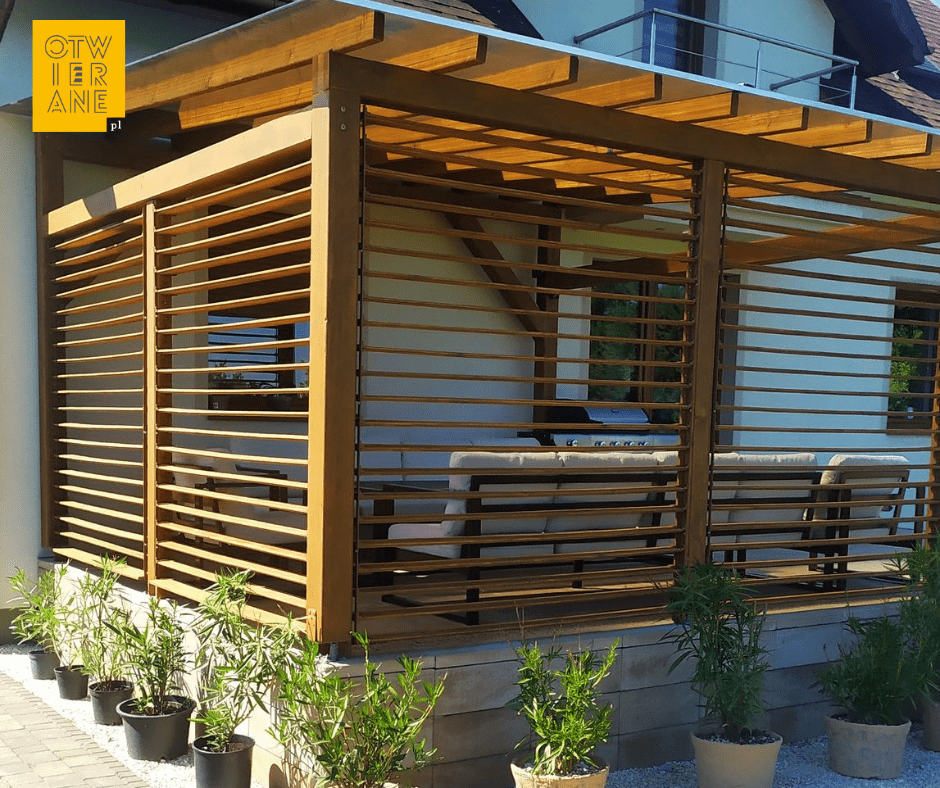
Do you have additional questions? Call us!
+48 530 336 595
Frequently asked questions
How close to the plot boundary can a greenhouse be erected?
Most often, a greenhouse can be erected at least 3 metres from the plot boundary, although it is worth checking local regulations, which can vary from location to location.
Does the greenhouse need to be notified?
In most cases, greenhouses of up to 35 m² do not require an application. If you are planning a larger structure, it may be necessary to notify the authorities.
Is a polycarbonate garden greenhouse durable?
Yes, polycarbonate greenhouses are very durable and stand up well to changing weather conditions. Polycarbonate is resistant to mechanical damage and can last for many years.
How long does a polycarbonate greenhouse last in Polish climatic conditions?
With proper maintenance, polycarbonate greenhouses can last for up to 10-15 years. It is worth checking the condition of the structure every few years.
Does the greenhouse require additional heating in winter?
Depending on the region and the type of crop, it is worth considering additional heating in winter, especially for year-round warm-season crops.
What foundations are needed to build a greenhouse?
For a lightweight greenhouse, concrete blocks or a foundation frame will suffice. Larger glass structures require a concrete foundation.
How do you look after a greenhouse to make it last as long as possible?
Clean the walls and roof of the greenhouse regularly, especially after the season, to prevent dirt build-up. Check the tightness of the structure and the condition of the mounting components.
Does the greenhouse protect plants from frost?
The greenhouse provides a certain level of protection against low temperatures, but for greater efficiency in winter it is worth heating.
How often do I ventilate the greenhouse?
Regular aeration is key to plant health. Ventilate the greenhouse daily, especially in summer, to prevent overheating and excess moisture.
Is it worth investing in an irrigation system for greenhouses?
Yes, the irrigation system ensures even watering, which is particularly useful for crops grown during intensive periods.
Is it possible to buy spare parts for the greenhouse?
Most manufacturers offer spare parts, allowing damaged components to be replaced and extending the life of the greenhouse.

